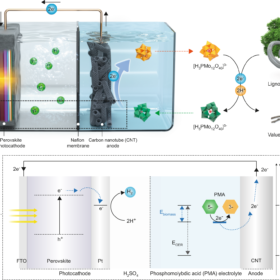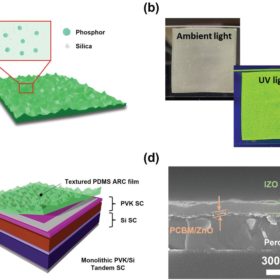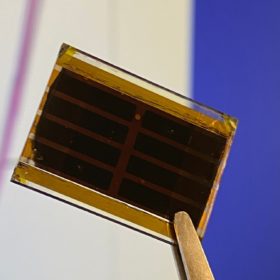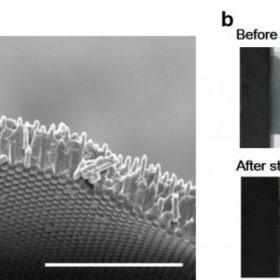The Hydrogen Stream: South Korean scientists achieve photocurrent density of 19.8 mA cm−2 in PEC cell for water splitting
Ulsan National Institute of Science and Technology researchers have unveiled designs for advanced solar hydrogen production systems to broaden the application of LC biomass. Mitsubishi has started building the world’s first validation center for hydrogen-related technologies, while Fortescue Future Industries has announced investments in Germany and Australia.
Perovskite-silicon tandem solar cell with 23.5% efficiency
US and South Korean researchers claim to have achieved a power conversion efficiency of 23.50% in a perovskite-silicon tandem solar cell built with a special textured anti-reflective coating (ARC) polymeric film. The cell is also able to retain 91% of its initial efficiency after 120 hours.
Perovskite solar cell with 21% efficiency includes tech to prevent lead leaks
U.K. scientists have used mesoporous scaffolds based on hydroxyapatite nanoparticles – blended with titanium oxide nanoparticles – to create a mechanism that prevents lead leakage in perovskite solar cells. They claim the method captures lead ions in leaks, while also increasing cell efficiency.
A stretchable, transparent solar cell with 8% efficiency
Korean scientists have unveiled a colorless device made of silicon microwire composites. The enhanced light absorption of the cell, the researchers claim, is due to the re-absorption of light by the microwires, which also benefit from an enhanced electric field.




